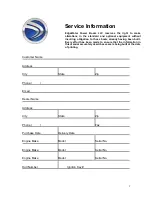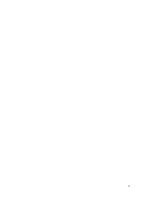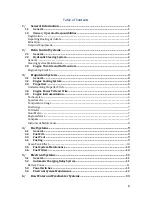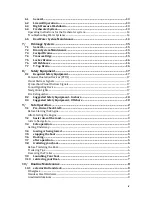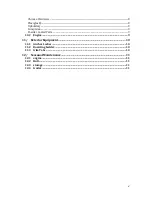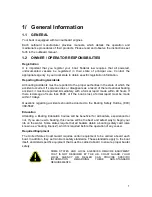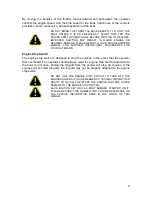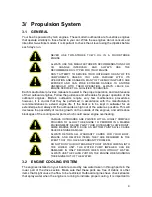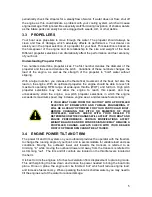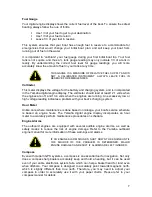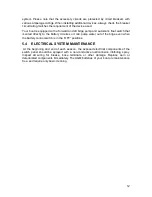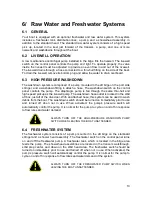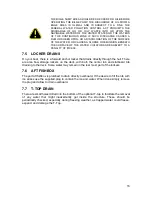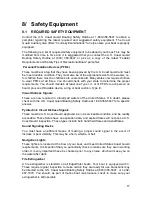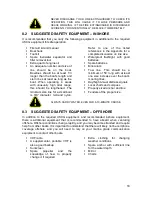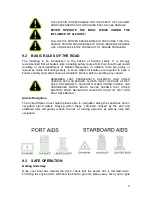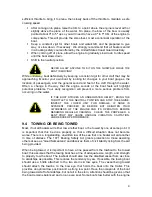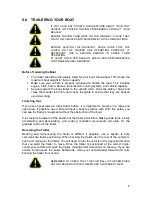
9
4/ Fuel Systems
4.1 GENERAL
Your boat’s fuel system has been designed to meet the requirements of the United
States Coast Guard, the National Marine Manufacturers Association (NMMA), and the
American boat and Yacht Council (ABYC), which were in effect at the date of
manufacture. While all fuel system components on your boat are tested for functionality,
and are free of leaks, regular inspection and maintenance of these components are the
responsibility of the owner. This will ensure that all components are operating safely and
effectively. Make periodic inspections of all fuel system components to determine if the
system is still safe and free of leaks. Special care should be taken when inspecting joins
and connections to ensure that they have not loosened due to vibration.
IF ANY ODOR OF GASOLINE IS DETECTED, IMMEDIATELY SHUT
OFF ALL ENGINES AND ELECTRICAL DEVICES UNTIL THE
SOURCE
AND
CONDITION
OF
THE
ODOR
HAS
BEEN
DETERMINED AND ELIMINATED. ALWAYS HAVE A FIRE
EXTINGUISHER AT THE READY UNTIL THE CONDITION HAS BEEN
RESOLVED.
4.2 FUEL FILL
The fuel fill cap is located on the port side and is labeled “GAS”. Tighten the cap until it is
snug. The gas cap has a built-in vent to allow air to escape while fueling.
4.3 FUEL VENT
According to various safety regulations, all boats must use a vented fuel system. Your
boat is equipped with an external vent, which is active during filling only, as well as a
passive vent. The active fueling vent is incorporated into the fuel fill cap. All other venting
equipment is incorporated into the tank. Make sure that the fill and vent area is kept free
from debris. The vent also allows air expansion and contraction of fuel in the tanks.
DO NOT SMOKE OR INTRODUCE AN OPEN FLAME NEAR THE
FUEL CAP!
4.4 FUELING
Your boat is equipped with a built-in 163-gallon fuel tank. Before fueling, you should
follow these procedures. Your engines are designed to run only on unleaded gasoline.
Make sure that the boat is securely moored and engines are turned off.
Make sure that all switches are off and all cigarettes and open flames are
extinguished.
Know the location of all fire extinguishers.
Remove the fuel fill cap.
Place the nozzle firm against the side of the opening to prevent static discharge.
Begin fueling.
Re-install the fuel cap until it fits snug.
Summary of Contents for 262CX
Page 1: ...262CX ...
Page 5: ...ii ...


